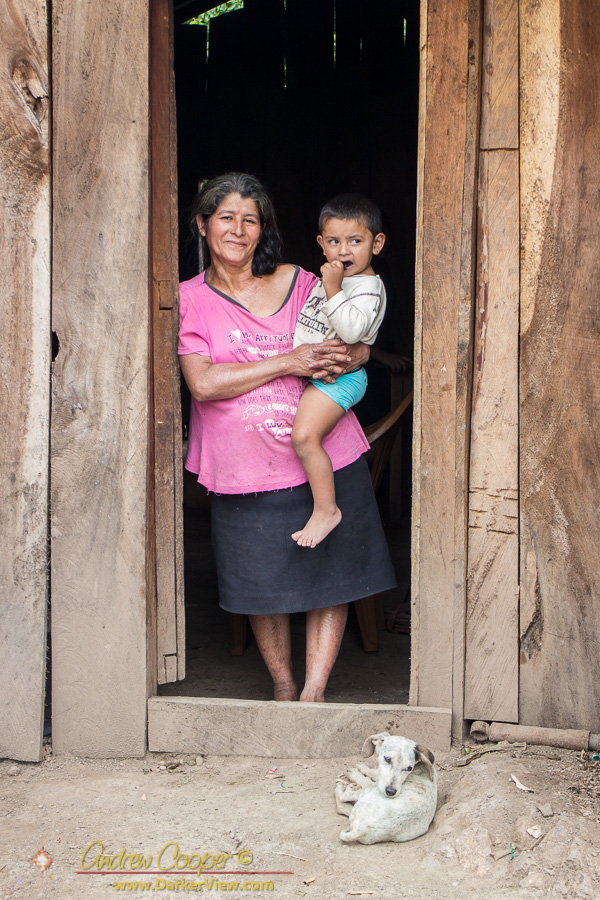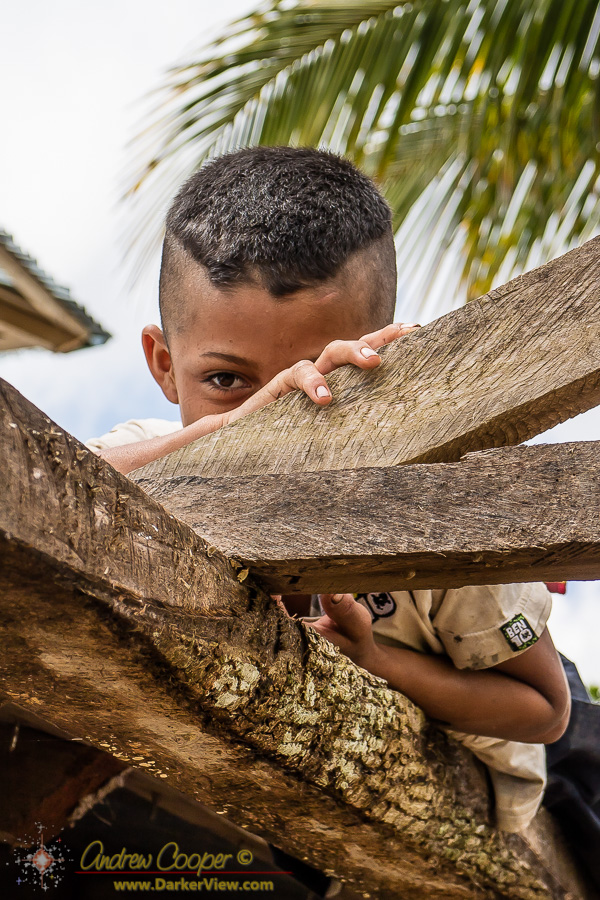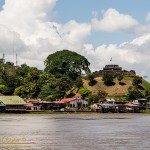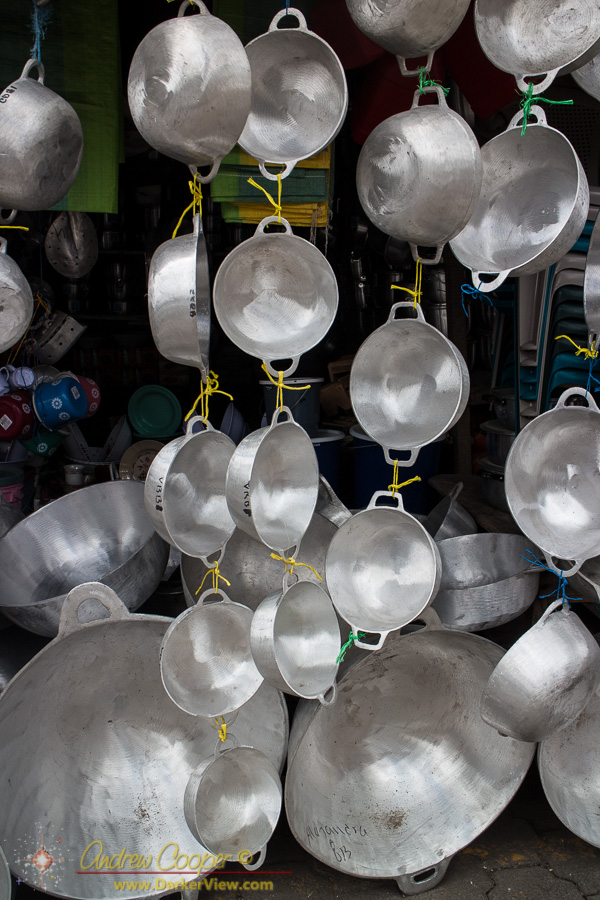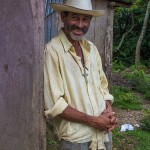Draining Lake Nicaragua and flowing into the Caribbean is a large river, the Río San Juan de Nicaragua. A great deal of history has passed along this river over the centuries. Before modern highways and air travel this was the main transportation route into the rich lands of central Nicaragua, bypassing the thick belt of rain forest and jungle on the Caribbean coast.
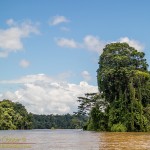
The Río San Juan has seen the passage of Spanish Conquistadors, pirates and foreign armies bent on conquering what is now Nicaragua. Along this route thousands of forty-niners came on their way to the California gold fields, using the river to cross the isthmus to the Pacific Ocean. The border of Nicaragua and Costa Rica is also defined by the south bank along much of the river’s length. While the river’s importance on the international stage has waned, it is still a critical route for local residents that call the region home. Dozens of vessels, from river taxis to barges carry people and cargo to the towns and farms that depend on the river.
The river is also popular with the more adventurous tourists. The history and natural beauty found here makes the area endlessly fascinating. Several large biologic preserves along the river preserve large tracts of natural jungle. Fishermen from across the world come to the Río San Juan as well. Here you can catch Tarpon, a renowned sport fish that can reach 2 meters in length and weigh 100kg.
Continue reading “Five Days on the Río San Juan de Nicaragua”

